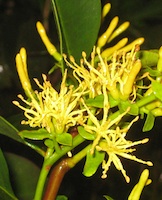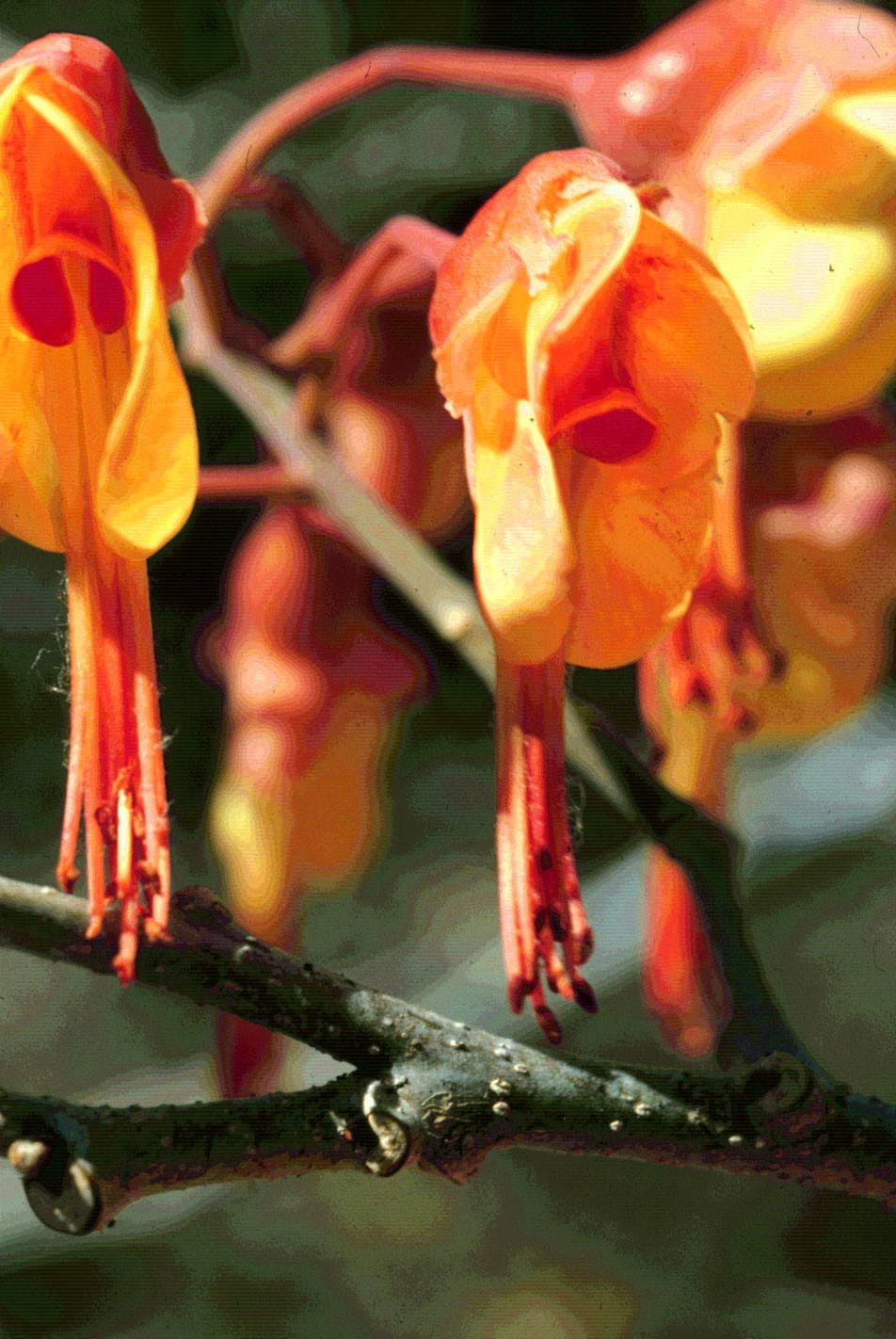 |
Complete
Bibliogaphy
for Tropical Plant
Systematics,
2012
perhaps better not published, it's a mess: Aug. 28 |
|
|
GENERAL Bernhardt, P. 2000.
Convergent evolution
and adaptive radiation of beetle-pollinated
angiosperms. Plant
Systematics and Evolution 222: 293-320. Wink, M. Allelochemical
properties or the raison d'etre of
alkaloids, in The Alkaloids, Vol 43 (G.A.
Cordell, ed.), 1-105.
Academic Press, New York. 1993. INTRODUCTORY LECTURE Gentry, A.W. 1988a
Tree species richness
in upper Amazonian forests. Proc. Nat.
Acad. Sci. 85: 186-189.
also look at this if you have
time: Gentry, A.W. 1988b.
Changes in plant
community diversity and floristic composition on
environmental and geographical
gradients. Annals Missouri Bot. Gard. 75:
1-34. (has the family lists) MAGNOLIIDS ANNONACEAE Annona website -
http://www.botanik.univie.ac.at/~rainer/annona.htm Andrade BM, AT Oliveira-Filho,
AR Soares 1996. Pollination
and breeding system of Xylopia brasiliensis
Sprengel (Annonaceae) in
south-easternBrazil. J. Trop. Ecol. 12:313-320.
Title: Floral herbivory,
floral phenology, visitation
rate, and fruit set in Anaxagorea crassipetala
(Annonaceae), a lowland rain
forest tree of Costa Rica. Source: The journal of
the Torrey Botanical Society.
124, no. 3 (July/Sept 1997. ): p. 228-235.
Title: Phylogeny, Molecular and
Fossil Dating, and
Biogeographic History of Annonaceae and
Myristicaceae (Magnoliales) Source: International
Journal of Plant Sciences,
volume 165 (2004), pages S55–S67
Title: Volatile
components of Anaxagorea dolichocarpa
fruit. Source: Biochemical
systematics and ecology. 22, no.
6 (Sept 1994): p. 605-608 Gottsberger, G. 1978. Seed
dispersal by fish in the
inundated regions of Humaita, Amazonia. Biotropica
10(3): 170-183.
Gottsberger, G.
1989. Beetle pollination and
flowering rhythm of Annona spp. (Annonaceae) in
Brazil. Plant systematics and
evolution. 167: 165-187. Gottsberger, G.
1999. Pollination and evolution
in neotropical Annonaceae. Plant Species
Biology 14:143–152. Magamitsu, T. ; Inoue, T. Title: Cockroach
pollination and breeding system of
Uvaria elmeri (Annonaceae) in a lowland
mixed-dipterocarp forest in Sarawak. Source: American journal
of botany. 84, no. 2 (Feb
1997): p. 208-213. Olesen, J.M.
Title: Flower mining by moth
larvae vs. pollination by beetles and bees in the
Cauliflorous Sapranthus
palanga (Annonaceae) in Costa Rica.
Source: Flora : Morphologie,
Geobotanik, Okologie. 187, no. 1/2 (Aug 1992): p.
9-15
Rogstad, S.H. Title: The
biosystematics and evolution of the
Polyalthia hypoleuca species complex (Annonaceae)
of Malesia. III. Floral
ontogeny and breeding systems. Source: American journal
of botany. 81, no. 2 (Feb
1994): p. 145-154. MYRISTICACEAE Hayley J. Meehan1, Kim R. McConkey1 & Donald R. Drake2
Potential disruptions to seed
dispersal mutualisms in Tonga,
Western Polynesia
Journal of The Royal
Society of New Zealand 31 Number 4 December 2001
pp 763 794 T. H. Worthy 2001. A giant flightless pigeon gen.
et sp. nov. and a new species
|
||
